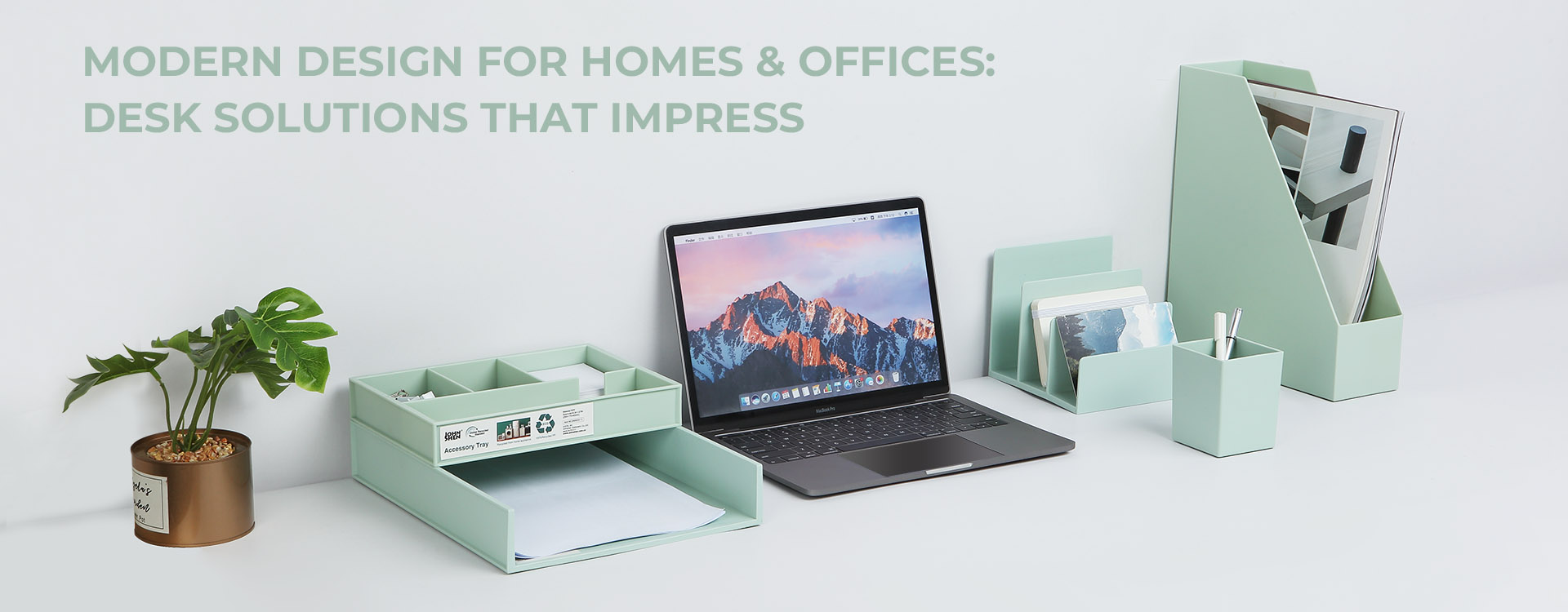Interactive smart whiteboard is a digital display that connects to a computer and projector. It allows teachers and students to interact with content directly on the screen using touch or specialized pens. Unlike conventional whiteboards that require dry-erase markers, smart whiteboards offer multi-touch functionality, multimedia integration, real-time collaboration, and a suite of interactive features that cater to various learning styles.
Most smart whiteboards are powered by software platforms that enable educators to annotate, present dynamic content, record lessons, and integrate web-based resources seamlessly into the classroom experience. In this blog post, Orgscreen will share the features, benefits and applications of interactive smart whiteboard for classroom to effectively improve students' learning experience.
Features of Interactive Smart Whiteboards for Classroom
1. Multi-Touch Support
Modern smart whiteboards support multi-user collaboration through multi-touch functionality. This allows multiple students to write, draw, or manipulate on-screen objects simultaneously, making group activities and collaborative projects more dynamic and engaging.
2. High-Resolution Display
High-definition resolution ensures that text, images, and videos are crystal clear. This visual clarity helps improve student focus and enhances comprehension, especially in subjects that rely on visual aids such as science, geography, and mathematics.
3. Built-in Annotation Tools
Educators can annotate over any content - PDFs, PowerPoint slides, web pages, or live videos - without altering the original files. This feature is especially useful for highlighting key points, explaining complex diagrams, or emphasizing important textual elements.
4. Integration with Educational Software
Smart whiteboards come with or support integration with a wide range of educational platforms and Learning Management Systems (LMS) such as Google Classroom, Microsoft Teams, and Zoom. This connectivity ensures smooth transitions between online and offline teaching environments.
5. Cloud Storage and Remote Access
Teachers can save their lessons directly to the cloud, enabling easy access from any device. Some systems even allow remote access for students, supporting hybrid learning environments and ensuring continuity of education beyond the classroom.

Benefits of Smart Whiteboard for Classroom Learning
Enhancing Student Engagement
Interactive smart whiteboards make learning more engaging by turning passive lessons into interactive experiences. Touch-based interaction, multimedia integration, and real-time feedback stimulate student interest and foster active participation.
Catering to Multiple Learning Styles
Every classroom consists of diverse learners - visual, auditory, kinesthetic, and reading/writing learners. Smart whiteboards accommodate all these styles by allowing educators to incorporate videos, interactive diagrams, hands-on simulations, and written text within the same lesson.
Encouraging Collaboration and Communication
Smart whiteboards support synchronous and asynchronous collaboration. Whether it's group problem-solving at the board or collaborative brainstorming using shared cloud documents, these tools promote teamwork, communication, and critical thinking.
Streamlining Lesson Planning and Delivery
With the ability to store and reuse annotated lessons, educators can streamline their planning and ensure consistent delivery. Moreover, built-in timers, quizzes, and polling tools help teachers manage time and assess understanding more efficiently.
Real-Time Feedback and Assessment
Integrated assessment tools enable teachers to conduct real-time quizzes and polls. Students can respond via the board or their devices, giving instructors immediate insights into comprehension and allowing them to adjust instruction as needed.
Smart Whiteboard for Classroom Applications and Use Cases
Mathematics and Science Instruction
Subjects that require step-by-step demonstrations, such as math and science, benefit immensely from interactive smart whiteboards. Educators can draw complex equations, simulate experiments, and display 3D models that enhance conceptual understanding.
Language Learning
Language teachers can play audio clips, display subtitles, and highlight vocabulary in real time. Interactive grammar games and pronunciation exercises provide an immersive experience that traditional methods cannot match.
History and Social Studies
In history classes, teachers can navigate interactive timelines, maps, and video documentaries. Students can engage in role-playing activities, debates, and group presentations, all facilitated by the smart whiteboard's collaborative features.
Arts and Design
For creative subjects like art and design, smart whiteboards enable digital sketching, image editing, and mood board creation. The ability to import and annotate over artworks allows for enriched critique sessions and portfolio development.
Considerations When Choosing Smart Whiteboard for Classroom Use
Screen Size and Display Quality
Depending on the classroom size, the screen should be large enough to be visible from every corner. Look for models with 4K resolution and anti-glare coating to ensure optimal visibility.
Touch Sensitivity and Stylus Support
High touch sensitivity ensures smooth handwriting and gesture recognition. Stylus support is essential for subjects requiring precision drawing, such as technical drawing or geometry.
Software Ecosystem
Evaluate the compatibility of the board with your existing tools and curriculum. A robust software ecosystem with regular updates and support is crucial for long-term usability.
Durability and Maintenance
Since smart whiteboards are a long-term investment, consider models with durable screens, easy maintenance, and good customer support. Some brands offer antibacterial coatings and dust-resistant frames - features beneficial in shared learning environments.
Connectivity and Port Options
Ensure the device offers ample HDMI, USB, and wireless connectivity options. Wi-Fi and Bluetooth support are essential for seamless integration with student devices and peripherals.
Conclusion
The interactive smart whiteboard for classroom use is not just a gadget - it is a transformative educational tool that reshapes how knowledge is shared, absorbed, and applied. By integrating visual, auditory, and tactile elements, it creates a more inclusive and impactful learning environment. As educational institutions continue to invest in technology-enhanced classrooms, the smart whiteboard stands out as a cornerstone of modern pedagogy - merging traditional teaching wisdom with the innovations of the digital age.
www.orgscreen.com
Orgscreen

